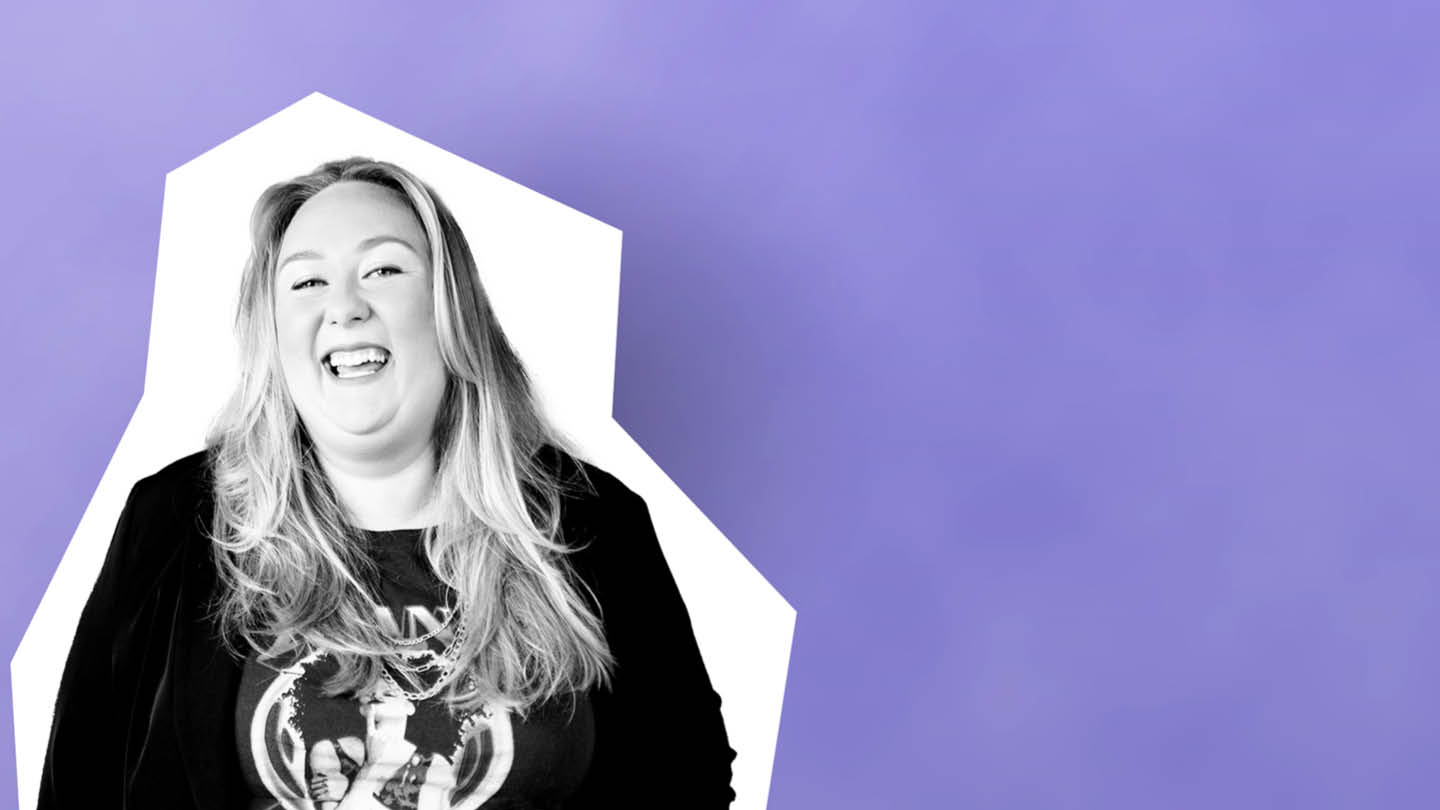Originally a musical theater major, Ashley Faus found her way into marketing when a vocal cord injury derailed her life plans. However, as one of the rare marketers who’s spent her entire career in the field, it’s clear she’s done a pretty good job of finding her voice again.
Today, as Head of Lifecycle Marketing, Portfolio at Atlassian, Ashley still remembers what she learned in her very first Marketing 101 class: “Marketing is about people.” In all of her roles, she’s sought to fall in love with the audience she’s trying to reach, understanding their challenges and what makes them successful. She seeks to build trust—something that’s become even more important with the rise of AI.
“In the age of AI, there’s a sense of doing things faster and cheaper, but not necessarily better,” Ashley says. “This idea that we can just bombard people with more content doesn’t help us build more trust because we’re getting further away from humans connecting with other humans. We’ve put all these tools, dashboards and technology between us and the audience. The more prevalent AI becomes, the more important that human connection actually is.”
The solution? To show buyers that we are like them and they can trust us. Ashley’s new book, “Human-Centered Marketing: How To Connect With Audiences in the Age of AI,” offers practical advice on how to accomplish that.
Build Trust with Transparent CTAs
To connect with your audience, human to human, you must understand that people no longer travel through a funnel; they’re now wandering around a playground.
When you watch people at a playground, you understand there’s no “wrong” way to be. Parents are sitting on benches, kids are running all around in every direction and it’s all fine. There’s no perfect journey—and the same is true for your customers.
When you think about designing your customer journey like a playground, you want to map directly to audience intent, which is shown by the next action someone will take. And that doesn’t mean buying! “As marketers, we tend to want to force people into ‘buy intent’ actions,” Ashley says. “Sign up, contact sales, book a demo, access pricing. But the reality is that not everyone is in a buying process. There’s all of these other intents.”
One thing you can do right now to match audience intent to the playground? Remove all of your “Learn More” CTAs.
“‘Learn More’ doesn’t tell me anything,” Ashley emphasizes. “What happens when I click that link or button? Do I get pricing? Do I register for a webinar? Do I log into a product? That’s one small way we break trust with our audience; we tell them they’re just learning more, but then we try to force them to contact sales or book a demo.”
Instead, shift your CTAs to reflect exactly what you mean. Try CTAs like “Watch a Video,” “Register for Free” or “Read the Blog.” This helps match the actual audience intent with the action they’re taking, and you continue building trust. (Plus, your sales team no longer has to wade through irrelevant leads who aren’t at all ready to buy!)
Stop Pouncing on Leads—Empower Them Instead
Another way to build trust with your audience is to carefully choose your words.
“The language we use is super important,” Ashley emphasizes, “both from a marketing and life perspective. If you constantly look yourself in the eye and say nice things versus angry things, it’s going to make a difference. The same is true for our audience. If we’re going to chase prospects and capture leads and lock down deals—who wants to be chased, captured or locked down?”
If our narrative is that our audience is running away from us, and we have to pounce on them and lock them down or they’ll get away, it makes sense that people in that audience would not be reaching out to us.
The alternative is to think about it from a more relational POV. “What if we thought about starting relationships, building trust or empowering someone?” Ashley asks. “I would much rather be empowered than locked down. I think this heavily informs the tactics we use, and it goes back to making sure we match the journey to audience intent, not just what we as marketers want.”
The goal is to move from adversarial language to positive language. Ideally, this happens from the top down at your company. At Atlassian, where Ashley’s been for the last seven years, the team does a good job of adopting a human-first approach, which makes its way into the language Ashley and her team use to talk about everything: customers, users, community members, etc.
Ashley’s a big fan of the Atlassian culture overall, but she’s not getting too comfortable—she’s the first to admit she evaluates her positions frequently, often switching roles in less than two years.
Why Everyone Should Rethink Their Roles Every 18 Months
“I look for a new job roughly every 18 months,” Ashley admits, “which surprises people because I’ve been at Atlassian a while. But if you look at my tenure here, I’ve either changed jobs or teams roughly every two years.”
Ashley’s found that the 18-month benchmark is when she naturally starts thinking of the next thing: She’s feeling good where she’s at and has processes in place, but she’s also gearing up for what’s next. With this timing, she can position herself to take on stretch projects if needed to show she’s ready for a specific role.
“Eighteen months allows me to continue doing well in my current role while looking around at what the next thing might be and having those frank conversations with my peers and manager to identify skills, knowledge and experience gaps I have,” Ashley explains. “It might take six months to a year to close those gaps. I don’t feel pressure because I’m still good where I am.”
By the time Ashley does get antsy for a change, she’s prepared. Her managers know where she wants to go, and she’s built up the necessary experience.
She’s been lucky to have managers who are supportive of this mindset, and in her role as a leader, Ashley offers that understanding to her team. “As a manager, it behooves me to help smart, capable, talented people grow within the organization,” Ashley points out, “even if it doesn’t make sense for them to continue sitting on my team.”
Think about it like this: If one of your team members goes to another team, you now have a trusted person—who fully understands your business and has great working relationships with you—sitting on a partner team. That’s a huge value add, not a loss.
“There’s a short-sighted talent management situation in a lot of companies,” Ashley observes. “Managers block internal moves and promotions because they think the person is theirs. They are not yours! If they’re telling you they’re ready for the next thing, it’s in your best interest to help them get there in the organization because one way or another, you’re going to lose them.
“I’d much rather lose someone to a partner team than lose them to another organization. However, even then, it’s not necessarily a loss because people take those relationships to the next company. It might be that my direct report today becomes my buyer at their next company. There are still many ways to exchange value.”





